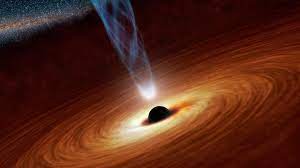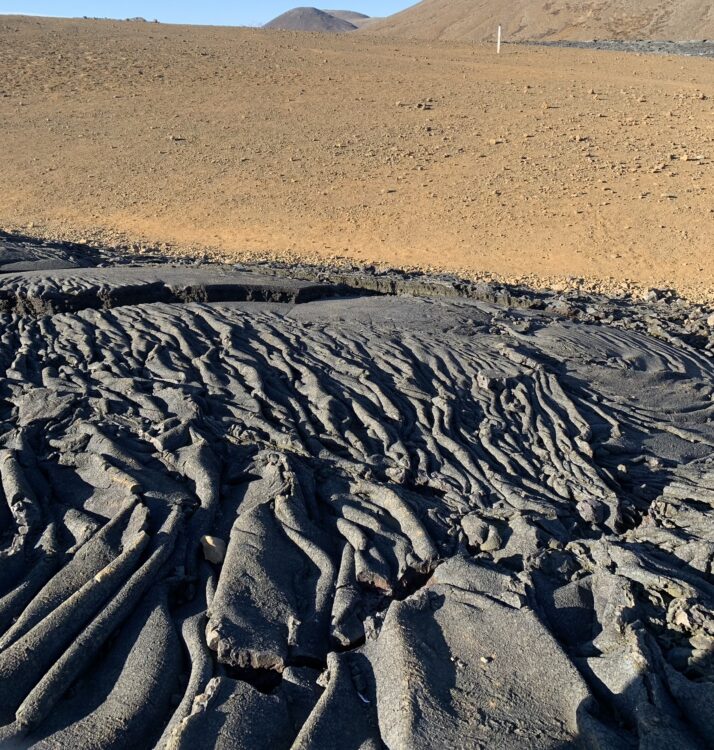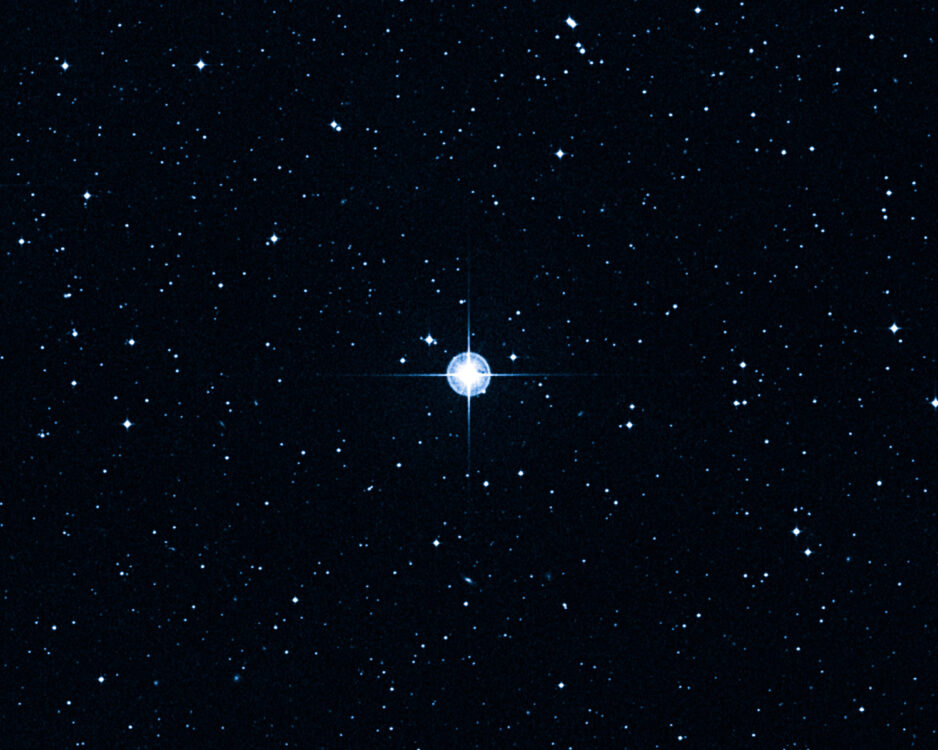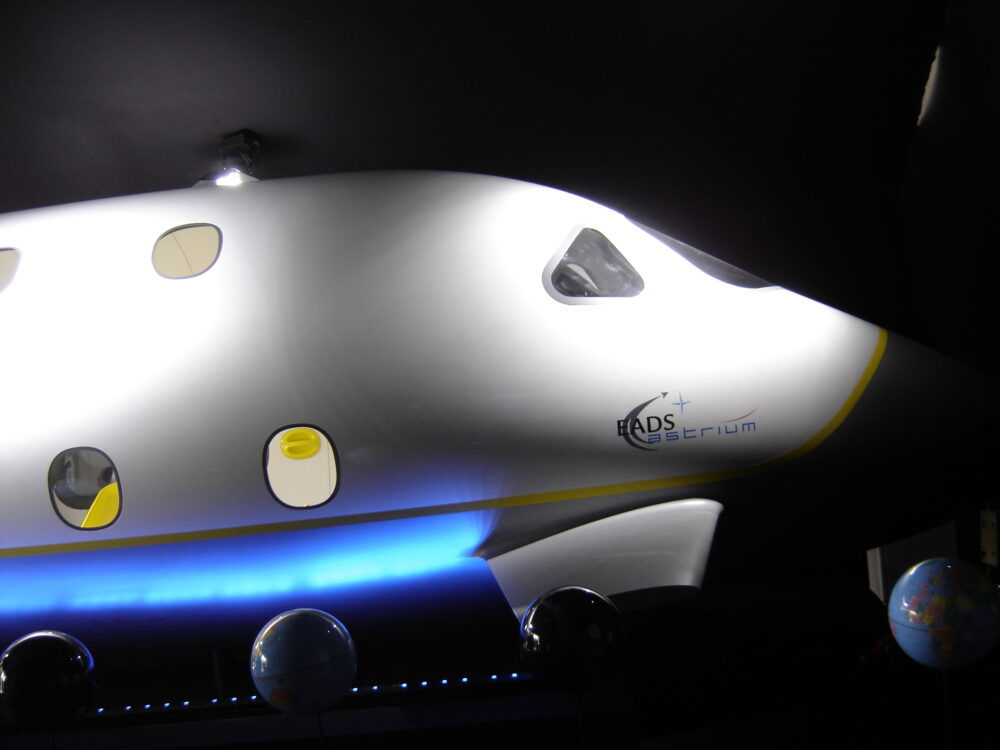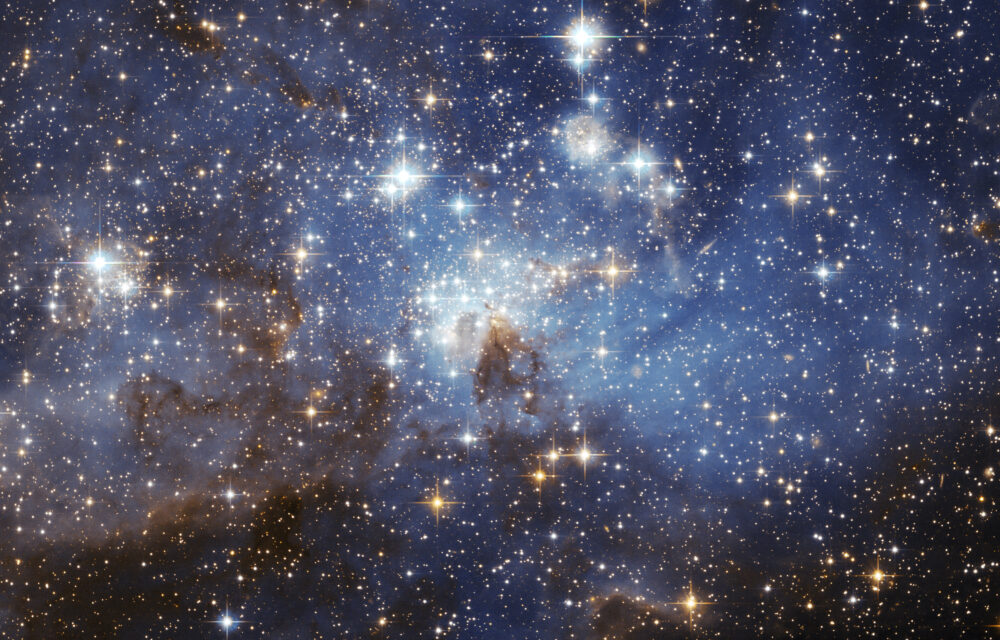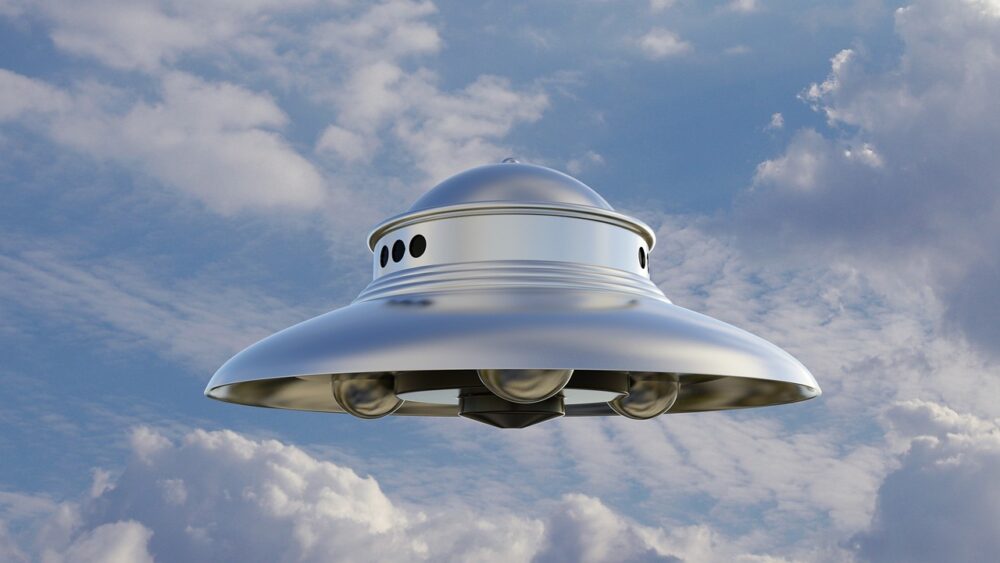A simplified guide to charging your phone with a black hole (theoretically)
The race to find sustainable energy has quite literally led us out of our world. Earth harvests energy from the Sun to keep itself alive, but for the ever-growing human species, even this massive star is not enough to satisfy our high energy needs. Ergo, scientists have been searching further into space for other sources […]
A simplified guide to charging your phone with a black hole (theoretically) Read More »
